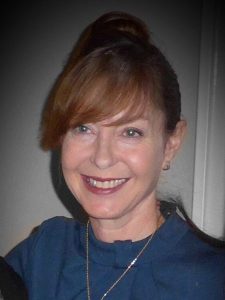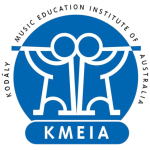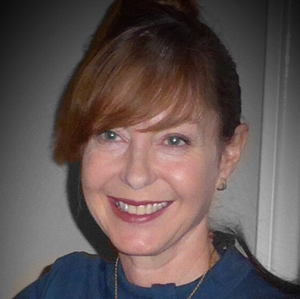 Tess Laird has been a music specialist for 33 years and holds a Masters in Music Studies from the University of Queensland. She is an accredited lecturer for the Australian Kodály Certificate, is the Immediate past Chair of the Education Committee of the Kodály Music Education Institute of Australia, and has been awarded Honorary Life Membership with this organisation. Tess has regularly provided professional development throughout Australia, and she presented at the International Kodály Symposia in Scotland, Canada and Malaysia. During her career, Tess has demonstrated a solid commitment to providing quality music education in state schools, as well as helping to formulate KMEIA’s responses to the National Curriculum, and to the Victorian Parliament’s Enquiry into the Benefits of Music Education. Tess has worked on compiling a series of pentatonic exercises on an interactive audio CD called “Purely Pentatonic”. This resource was developed to support both teachers and students, by providing a tool for independent practice of pentatonic scales and intervals. Tess has conducted various community choirs and ensembles in Toowoomba, and has a special interest in a cappella jazz performance and aural pedagogy.
Tess Laird has been a music specialist for 33 years and holds a Masters in Music Studies from the University of Queensland. She is an accredited lecturer for the Australian Kodály Certificate, is the Immediate past Chair of the Education Committee of the Kodály Music Education Institute of Australia, and has been awarded Honorary Life Membership with this organisation. Tess has regularly provided professional development throughout Australia, and she presented at the International Kodály Symposia in Scotland, Canada and Malaysia. During her career, Tess has demonstrated a solid commitment to providing quality music education in state schools, as well as helping to formulate KMEIA’s responses to the National Curriculum, and to the Victorian Parliament’s Enquiry into the Benefits of Music Education. Tess has worked on compiling a series of pentatonic exercises on an interactive audio CD called “Purely Pentatonic”. This resource was developed to support both teachers and students, by providing a tool for independent practice of pentatonic scales and intervals. Tess has conducted various community choirs and ensembles in Toowoomba, and has a special interest in a cappella jazz performance and aural pedagogy.
Day 4
| Time | Title |
|---|---|
| Session 3: 12.00 | All Voices in Harmony: Inclusive practices in the Primary Music Classroom |
| In today’s primary music classroom every class contains students with a wide range of diverse needs. This diversity will include physical disabilities and medical conditions, diagnosed/undiagnosed neurological and intellectual differences, experiences of trauma, poverty, racial and religious segregation, varying linguistic backgrounds, and many other issues which may impact learning. With hundreds of students, it can be overwhelming as a specialist teacher to support these varied considerations for individuals in our classes. Continuing to teach a sequential developmental music program while catering to so many diverse needs is a constant challenge. In this workshop some very simple techniques to practise inclusion and differentiation will be demonstrated and discussed. | |

